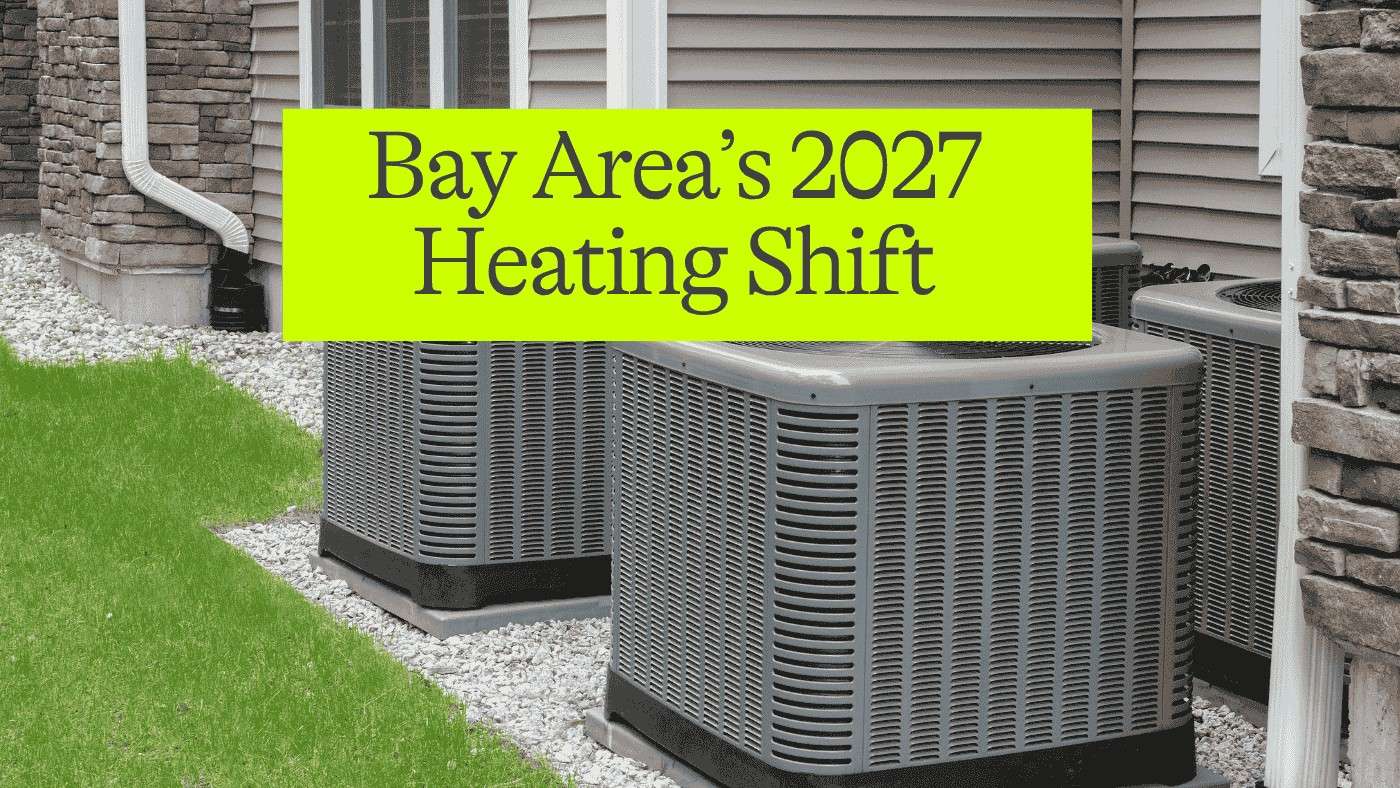The Electrification of U.S. Water Heating: A Structural Shift Fuelling Market Growth
By
Varsha Madapooosi

The Electrification of U.S. Water Heating: A Structural Shift Fuelling Market Growth
U.S. water heating is undergoing a structural shift—heat pump adoption, efficiency gains, and investment momentum are driving a market poised to reach $7.8B by 2033.
Market Expansion Backed by Efficiency and Incentives
The U.S. water heating market is transforming. AIInvest projects growth from $5.1 billion in 2024 to $7.8 billion by 2033, with a 5.5% CAGR. Heat pump water heaters (HPWHs) are at the vanguard, expanding at approximately 7% CAGR, outpacing traditional models as gas systems phase down. (ainvest.com)
This surge has been accelerated by Inflation Reduction Act (IRA) incentives, state rebates, and increasingly stringent energy efficiency standards, all helping reduce consumer costs and boost adoption.
Efficiency Leap with Smart & Integrated HPWH Technology
Modern HPWHs now deliver Energy Efficiency Ratios (EERs) between 3.0–4.0, translating to up to 60% energy savings versus conventional electric water heaters.
Manufacturers such as A.O. Smith and Rheem are embracing digital enhancements—like AI-driven maintenance alerts, IoT-enabled controls, and solar integration—transforming simple water heaters into smart, connected devices. This is fast becoming a major growth differentiator as demand for integrated smart-home tech grows, at an estimated 12% annual rate through 2030.
Structural Winners — Manufacturers, Suppliers, and Regional Hubs
Established market players like A.O. Smith, Rheem, and Bradford White continue to lead in efficiency and innovation, positioning themselves for long-term gains.
Meanwhile, the supply chain is adapting: component makers—including those producing advanced compressors and smart sensors—stand to benefit significantly. Plus, recent import tariffs are spurring domestic manufacturing, giving rise to U.S. regional production hubs, especially in the Southwest and Northeast, where critical infrastructure and labor pools are strong.
Broader Implications—Rural Equity and Investment Appeal
Though momentum is strong, AIInvest notes challenges ahead: adoption gaps in rural and underserved markets may leave some communities behind unless policies and incentives are more inclusive.
For investors and utilities, this electrification wave offers distinct pathways—ranging from manufacturers to infrastructure and component suppliers—making it a potent addition to clean energy portfolios.
How Harvest Aligns with the Shift
Companies like Harvest are well-positioned to thrive in this structural realignment. By combining heating, cooling, and hot water in one integrated system, supported by a built-in thermal battery for load shifting, Harvest goes beyond the efficiency gains of traditional HPWHs. Even as certain tax credits from the Inflation Reduction Act (“Big Beautiful Bill”) begin to phase out, bill savings continue to grow and momentum remains strong. Homeowners are increasingly looking to future-proof their homes against rising utility bills and carbon emissions, making Harvest’s all-in-one solution a natural fit for this next era of electrification.
Summary—Why It's a Structural Shift, Not a Trend

These findings reflect more than a temporary spike—they underscore a long-term realignment in how America heats its water, with efficiency, sustainability, and smart tech at the core.

.png)
.png)
.png)
.png)
.png)

.png)
.png)
.png)
.png)
.png)
.png)

.png)
.jpg)
%20(2).png)

%20(1).png)

%20(3).png)

%20(1).png)
%20(5).png)
%20(3).png)
%20(1).png)
.png)
.png)
.png)
%20(4)%20(1).png)
.png)

%20(11).png)
%20(10).png)
%20(6).png)
%20(4).png)
%20(3).png)
%20(10).png)
%20(6).png)
%20(1).webp)
.jpg)
%20(4).png)
%20(2).png)
.png)
%20(2).png)
.png)













.jpg)



%20copyminimal%20_0.1.jpg)




















